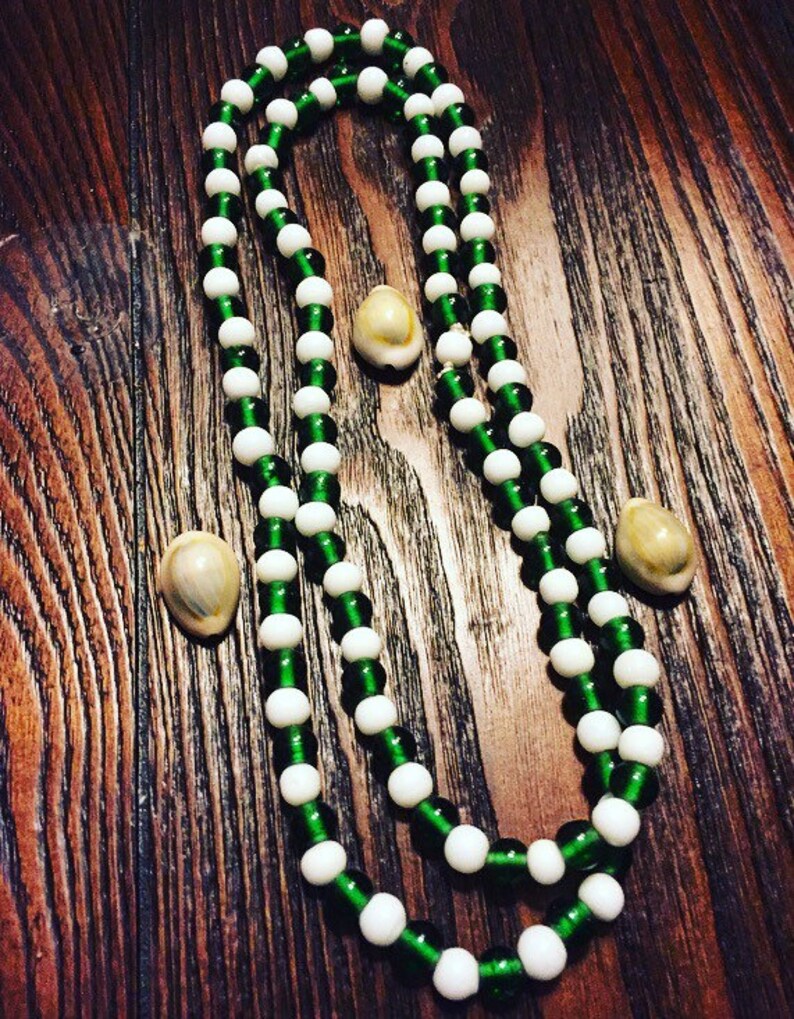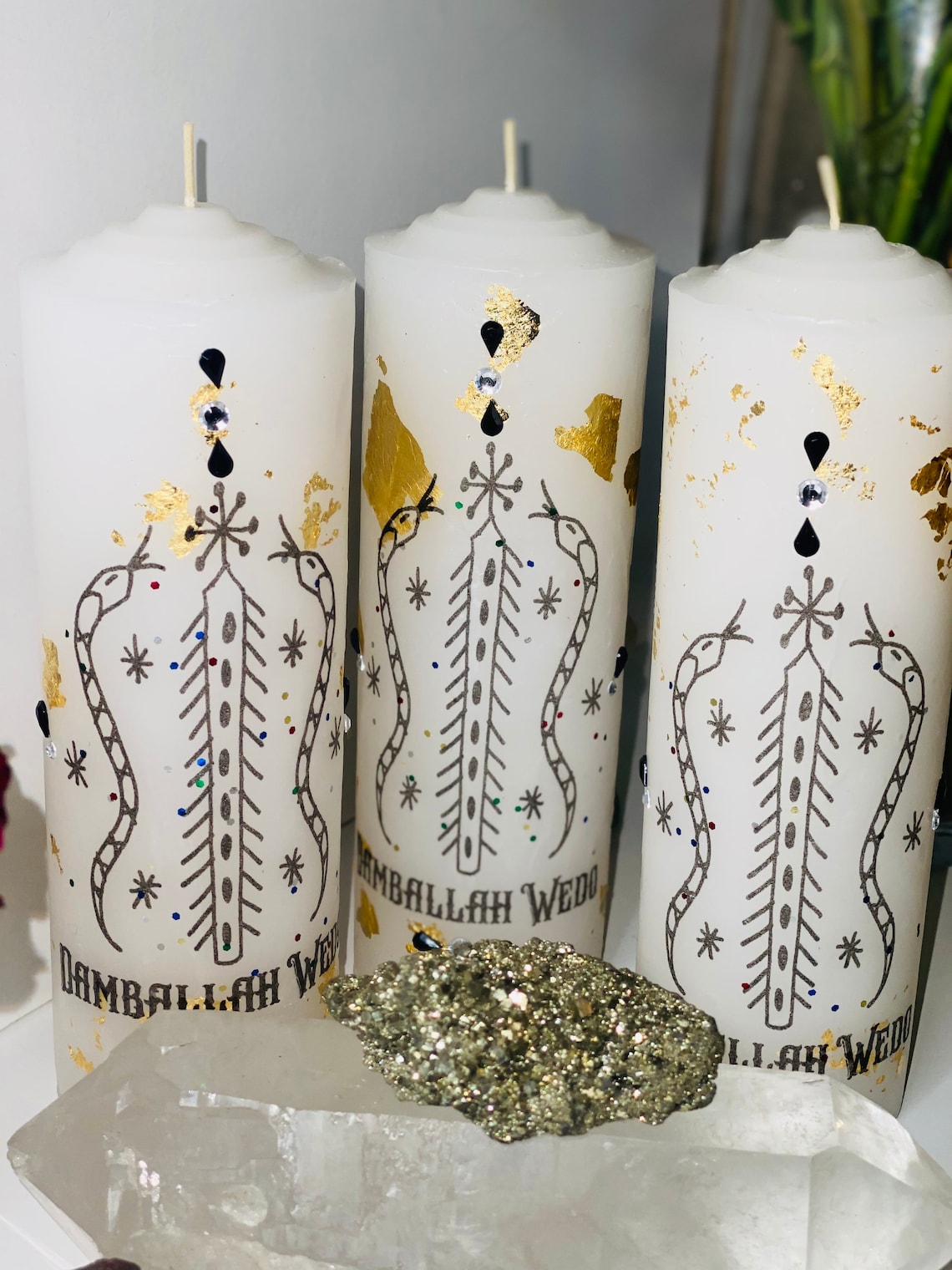

His wife, Ayida Wede, also often manifest as a large snake, and is often referred to as the "Rainbow Serpent. Damballah usually manifests as a large snake who speaks in barely-intelligible hissing. As a result, many Haitian Voodoo practitioners invoke Damballah rather than Buluku, Mahu or Lusa when seeking assistance from their supreme creator. Damballah-Wedo is associated with creation and is viewed as a loving father to the world.

As the Vodu religion was bastardized into "vaudo" and "voodoo" by confusion with the French "vaudois" (a French Catholic heresy) and Santeria, Damballah achieved far greater prominence. As Vodou was exported to Haiti through the slave trade Dan became Danballah, Damballah or Damballah-Wedo. Dam-Ayido reinvented his image to comport with Western culture, adopting the name "Damballah" and representing himself as the Vodu sky father to his worshipers. The Africans sought solace from their ancient gods while combining elements from Catholicism and the Holy Roman Church. In the 16th century, he followed his enslaved mortal worshipers across the Atlantic Ocean to the Caribbean islands, particularly Haiti, and to the USA's southern rim. Damballah e nwe ago nou làDamballah e nwe ago nou làWa di o nou la eNou a di e vwa nou pa pou i no sanDevan so pou gen a Bondye se me toMe gen mi o leDamball. Rada Loa/Lwa, or spirits who come out of the rites of the old kingdom of Dahomey (present Nigeria, Benin and Togo), generally considered to be benevolent and sweet (dous).Dam-Ayido Wede was initially a relatively minor Vodu god (worshiped as nature-gods by the Fon and Yoruba in Africa). It acts as a “beacon” for the Loa, and will serve as a loa’s representation during rituals. THE TOP ELEVEN DEITIES IN VOODOO MYTHOLOGYĪ Veve (spelled Vèvè or Vevè) is a religious symbol commonly used in different branches of voodoo throughout the African diaspora such as Voodoo and is different than the petipembas used in Palo or ponto riscados used in Quimbanda since they are all separate African religions.A son of Damballah is Simbi, the white snake-god who brings rain. Those mortals possessed by Damballah do not speak but merely hiss like snakes. The snake god loves the precious metal silver and if worshippers find favour with the god he rewards them by leading them figuratively or literally to Earthly riches. Damballah Wedo Racine kanga,Damballah Wedo ,Racine kanga,Damballah Wedo Rasin kanga,haitian voodoo song,haitian vodou songs,vodou music haiti,vodou music of. When he is not depicted encircling the Earth or intertwined with his wife the rainbow goddess Ayida, Damballah is shown living among the branches of the Sacred Tree.ĭamballah looks after cripples, the deformed, albinos and young children. This serpent god who encircles the Earth was also the creator of human beings and gods and controls intelligence and the life-force. In Vodoun, Damballa is one of the most important of all the loa. Item Description Title/View, Vodou ritual: painting the veve for the god, Damballah-Wedo, Haiti Creator, Alfred Metraux Creator role, Author Photographer. Veve for Damballa and Ayida-Weddo Mythology:



 0 kommentar(er)
0 kommentar(er)
